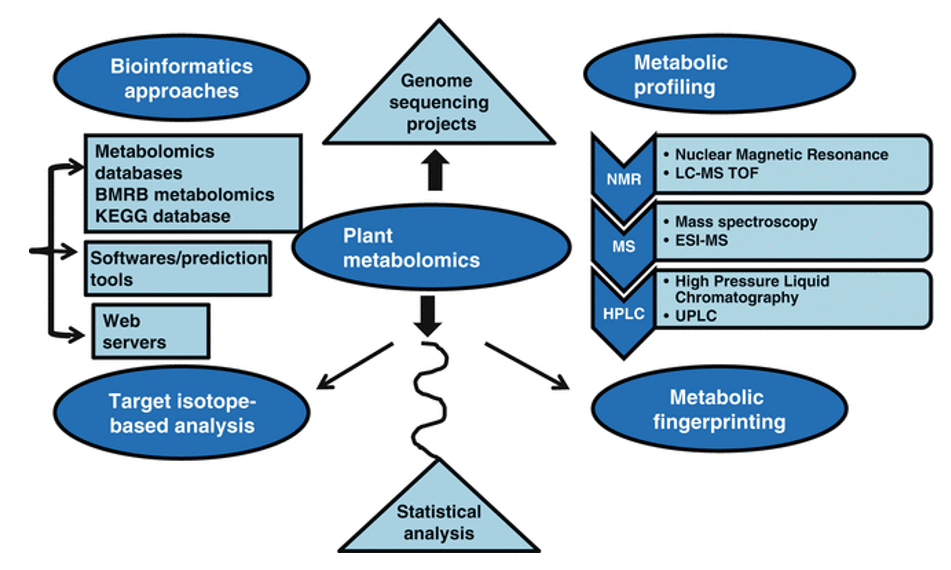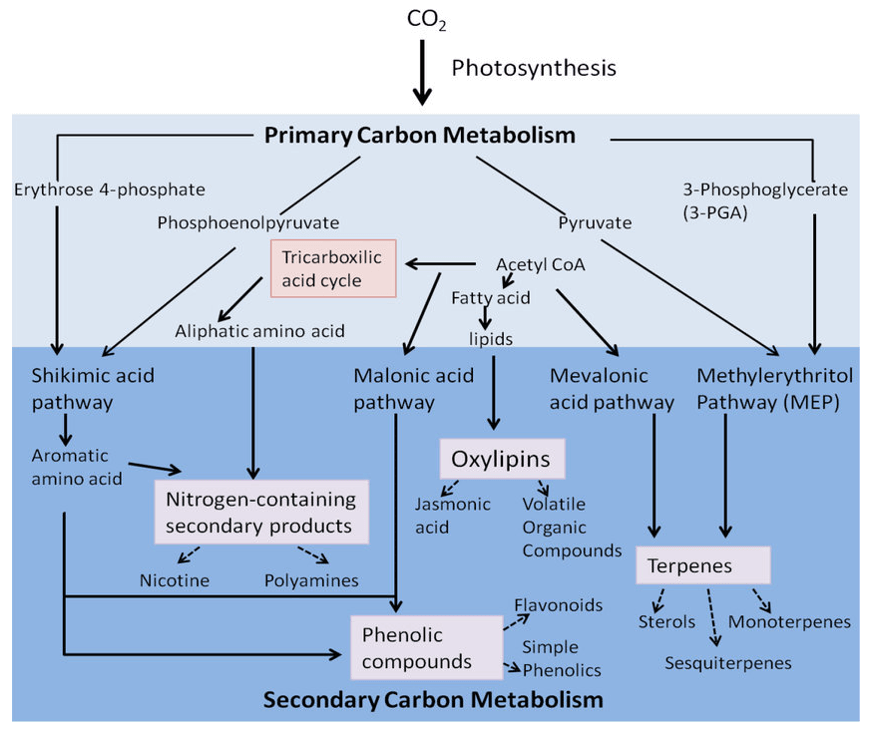Camphor Analysis Service
Submit Your InquiryWhat is Camphor and Metabolites?
Camphor, scientifically known as C10H16O, is a cyclic ketone derived from the wood of the camphor tree (Cinnamomum camphora). This waxy, white substance has been widely used for centuries in traditional medicine, fragrance production, and various industrial applications. Its unique aromatic properties have made it a versatile compound with numerous biological implications.
Camphor metabolism involves a series of enzymatic reactions that transform the parent compound into various metabolites. Upon ingestion or topical application, camphor undergoes biotransformation primarily in the liver. The major metabolic pathways involve oxidation and conjugation reactions. Cytochrome P450 enzymes, such as CYP2A6 and CYP2E1, play crucial roles in the initial oxidation of camphor to form 5-exo-hydroxycamphor. Further metabolic steps involve the formation of several hydroxylated and carbonyl metabolites, including camphor-1,2-epoxide, 7-exo-hydroxycamphor, and 2-exo-hydroxycamphor.
-Camphor-Analysis-Service-1.png) The molecular structure of (R)-Camphor
The molecular structure of (R)-Camphor
Creative Proteomics's Camphor Assay Service
Creative Proteomics utilizes advanced instrumentation to improve the accuracy and efficiency of camphor analysis. We are equipped with gas chromatography-mass spectrometry (GC-MS), liquid chromatography-mass spectrometry (LC-MS), and high-performance liquid chromatography (HPLC) instruments. These instruments enable the precise quantification, separation and identification of camphor and its derivatives in complex matrices, ensuring reliable and reproducible results. We offer mainly the following analysis:
- Structural and chemical characterization: elucidation of molecular structure, confirmation of purity and identification of any impurities or contaminants present in camphor samples.
- Bioactivity and pharmacological studies: analysis of a wide range of bioactivities to facilitate studies on the anti-inflammatory, antibacterial, antioxidant and analgesic effects of camphor.
Workflow of Camphor Assay
-Camphor-Analysis-Service-2.png)
Camphor List for Analysis
As part of their comprehensive camphor assay service, Creative Proteomics offers analysis for a wide range of camphor and its derivatives. Some of the camphor compounds that can be analyzed include:
Sample Requirements of Camphor Assay
Sample Types:
- Biological Samples: This may include blood, plasma, serum, urine, tissues, or other relevant biological matrices.
- Environmental Samples: This may include air samples, soil samples, water samples, or other environmental matrices.
Sample Volume:
The recommended sample volume may vary depending on the specific requirements of the assay and the analytical techniques employed. Generally, for biological samples, a minimum volume of 100-500 μL is recommended. For environmental samples, a minimum volume of 10-100 mL is typically required.
Sample Preservation and Storage:
- Biological Samples: Proper preservation and storage are essential to maintain sample integrity. For liquid samples, store them in appropriate containers such as tubes or vials, and ensure they are tightly sealed. If required, additives or preservatives can be used to prevent degradation. For solid tissue samples, store them at the appropriate temperature and protect them from light and moisture. Recommended storage temperatures may range from -80°C to -20°C for long-term storage, while samples for immediate analysis can be stored at -20°C.
- Environmental Samples: Preserve environmental samples based on the specific requirements of the analysis. Follow established protocols for sample preservation, including temperature control, pH adjustment, and use of appropriate preservatives, if necessary. Store the samples in appropriate containers to prevent contamination and degradation. Recommended storage temperatures may vary depending on the sample type and stability requirements. Consult with Creative Proteomics for specific guidance.
Sample Transport:
Ensure proper packaging and labeling of the samples to prevent any damage during transportation. If required, use appropriate shipping containers and follow any regulations or guidelines for the safe transport of biological or environmental samples.
It is important to note that the specific sample requirements, including sample volume and storage conditions, may vary depending on the objectives of your study, the analytical techniques used, and the specific protocols established by Creative Proteomics.
How to order
Order online
In the online consultation below or dial the consultation phone, we will arrange staff to contact you as soon as possible.
Mail order
Send detailed consultation information to the mailbox, we will arrange staff to reply to you as soon as possible, and contact you.
Creative Proteomics offers several approaches to plant metabolomics studies, delivers precise and detailed data and analysis report. We can also customize the methods or establish new methods together with our collaborators, so they are fit-for-purpose and meet your specific needs. If you have any questions or specific requirements, please feel free to contact us.










